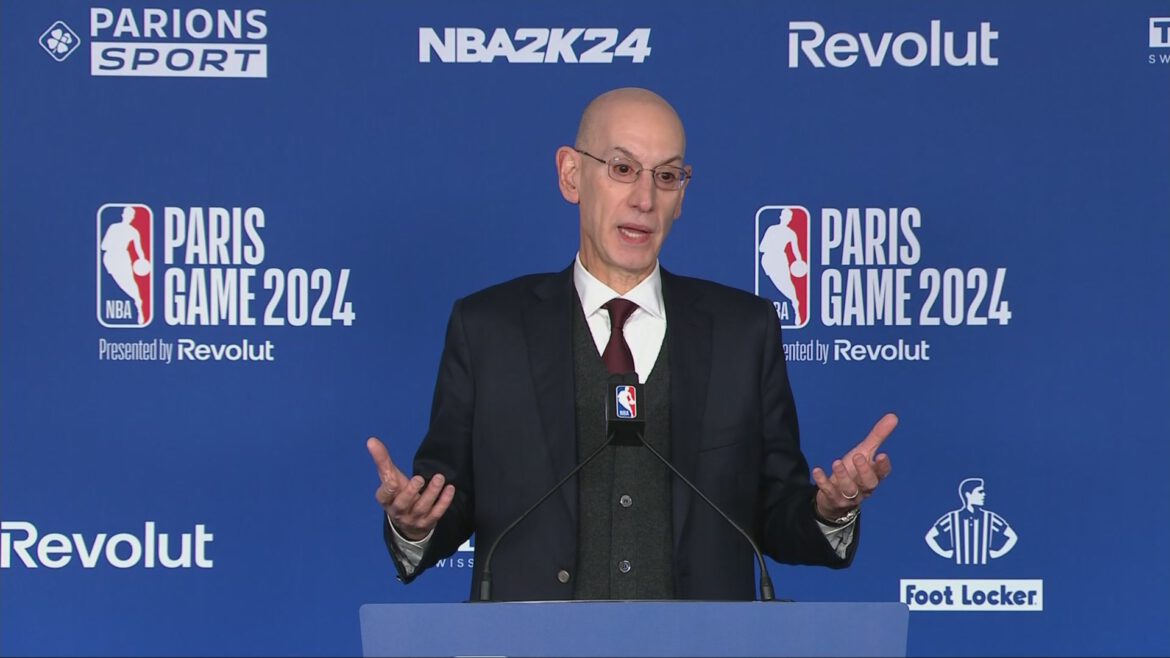The NBA has once again demonstrated its commitment to improving the accuracy of officiating with a recent tweak to the coach’s challenge rule. This change, approved by the NBA Board of Governors, expands the scope of the coach’s challenge to include certain out-of-bounds plays where a foul may have been missed.
Previously, the coach’s challenge allowed teams to contest calls such as personal fouls, goaltending, and out-of-bounds violations. However, the new rule adds a significant layer of scrutiny. Now, if a coach challenges an out-of-bounds call, the officials can review the play to determine if a foul should have been called in the moments leading up to the ball going out of bounds. This means that even if the ball was last touched by a player who was fouled, the officials can now call the foul retroactively.
For example, in a game last season, Dallas Mavericks’ Kyrie Irving made contact with Minnesota Timberwolves’ Jaden McDaniels, causing the ball to go out of bounds. Under the old rule, the Mavericks won the challenge and were awarded possession. With the new rule, a foul would be called on Irving, and the Timberwolves would retain possession.
This adjustment is a smart move for several reasons:
1. Increased Accuracy: By allowing officials to call fouls that were missed in real-time, the rule ensures that the correct team is awarded possession, thereby reducing the chances of game-changing errors.
2. Fairness: Players and coaches often express frustration when obvious fouls are missed, especially in crucial moments. This rule change addresses those concerns by providing a mechanism to rectify such oversights.
3. Strategic Depth: Coaches now have to weigh the risk of a challenge more carefully. If a challenge on an out-of-bounds play could result in a foul against their team, they might be more hesitant to use it, adding a new layer of strategy to the game.
While some might worry that this change could slow down the game, the NBA has taken steps to ensure that the review process remains efficient. The goal is to get calls right without significantly disrupting the flow of the game. In fact, this rule could potentially reduce the number of challenges, as coaches might avoid challenging plays that could backfire.


